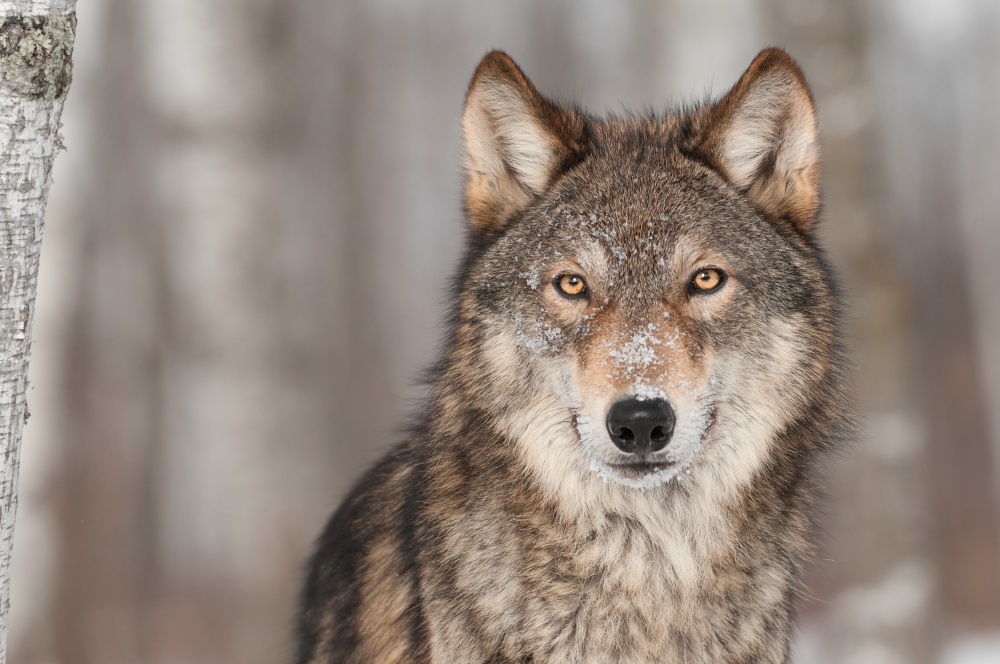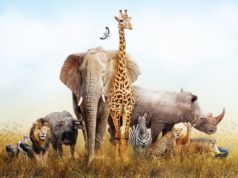Few animals on Earth evoke more emotion or fear than the wolf. We have been told tales of their savagery and ruthless killing, how they would steal children from the village and would stalk any man that wandered too far from the safety of the campfire. What most people haven’t been told is that wolves play a vital role in an ecosystem.
Ecological Significance of the Wolf
Wolves once roamed every part of the US from the mountain ranges to the deserts to the coastal areas. Wolves are apex predators. This means that they are at the top of the food chain with no natural predators of their own. After being hunted to near extinction by humans, an important part of the ecosystem was lost.
Wolves prey primarily on hoofed mammals such as deer, elk and moose. By preying on the most vulnerable (diseased, young, old, weak or injured) animals, wolves help keep prey populations healthier. Predation by wolves also regulates the overall population of these animals in an area. When deer and elk become too abundant for their habitat, they overgraze vegetation, leading to habitat degradation.
In 1995, after a 70-year absence, wolves were reintroduced to Yellowstone National Park. This gave biologists a unique opportunity to study what happens when a top predator returns to an ecosystem. They were brought in to manage the rising elk population, which had been overgrazing much of the park, but their effect went far beyond that.
Wolves and the Land
It has been found that wolves can have an impact on the landscape itself. The prey animals soon became wary of the wolves and began to graze elsewhere and on different species of plants. With the overgrazing now being controlled, stream and riverbank vegetation began to regenerate. Restored vegetation creates more habitat for native birds, fish, beaver and other species. It also helps to stabilize channels and control erosion. Riverbanks that are now stabilized begin to have a more defined course, which can help control flooding, thus changing the landscape in a very positive way.
Competition with wolves helps to reduce coyote numbers. In some areas, wolves have contributed to reductions in Yellowstone’s coyote population by as much as 50 percent. As a result, pronghorn survival has increased and populations of smaller predators, such as the red fox, have also increased. Scavenging species also benefit from the presence of wolves. Carrion feeders such as eagles, bears and magpies thrive on the remains left by wolves.
The benefits to biodiversity and ecological health alone make a strong case for wolf restoration and recovery wherever feasible.











